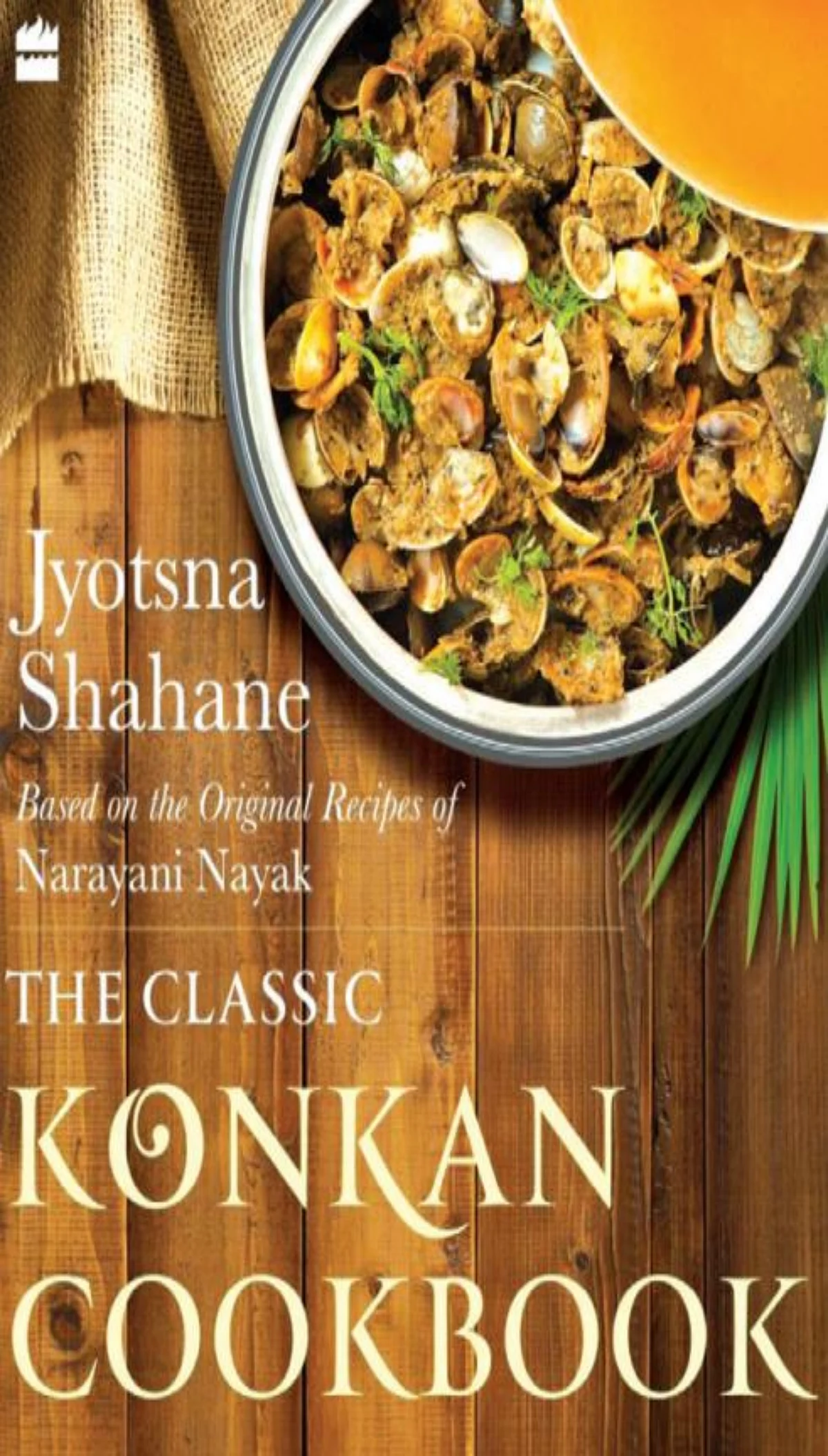From Konkan coast to Kangra valley: A taste of India without leaving home
Jyotsna Shahane, the author of The Classic Konkan Cookbook, has an introduction in which she explains the tradition to which this cookbook belongs, it's based on the original recipes of Narayani Nayak

If you’re looking to eat your way around the country, one good task you might set yourself is trying recipes from cookbooks. Jyotsna Shahane, the author of The Classic Konkan Cookbook, has an introduction in which she explains the tradition to which this cookbook belongs — it is based on the original recipes of Narayani Nayak, first published over half a century ago!
Nayak was educated only up to Class 5. She, however, kept meticulous notes and offered readers precise measurements of all ingredients. Her book was extremely popular, and it was routinely part of the Konkan bride’s trousseau.
Flavours from the Kangra Valley is a cookbook with vegetarian recipes from Sarita Sud, who passed away a few years ago. In the preface to the book, author Divya Sud Qureshi, who runs a design firm in Mumbai, says, “For years, I have had my heart asking me to give shape to my mother’s dream of compiling our family recipes into a book.” Divya went to school in Shimla, and her family ate the meals her mother cooked, from their native Kangra Valley. And this book is a compilation of recipes that the author and her sisters remember their mother by.
There’s matte or wheat discs, as the author translates them, sitting near a very inviting cup of tea. Halwa made with poppy seeds feature, as does the Kangri dham – the special wedding banquet meal among the botis (clan of Brahmins). Lentils are cooked with melon seeds to serve up tazi baree. Kangra Valley is a hardback book, with photographs galore. The original edition, though it was published only recently, is now all sold out and the author, who self-published the book, is now planning a re-print.
The Konkan recipe book by Nayak was enormously successful and reprinted several times – in 1965, 1966, 1979 – before going out of print. The author of the current book would often have meals with friends who shared the recipes, and that is how the idea of reviving these old recipes in fresh form took shape.
Some of the recipes are extremely simple — the one for potato pulao, for instance. Salads, vegetables, meat, poultry, seafood, rice or breads, snacks, chutneys, pickles and desserts: And within those categories, there are several options to choose from.
This reviewer comes from Kerala, and imagined till she laid her hands on this book that she knew all there was to know about the jackfruit. Only while going through this book, though, did she realize that dosa could be made using jackfruit seeds!
The seafood section does not have as many photographs, so although all the recipes sound so enticing, there are not enough photographs to set the salivary glands at work. And if you thought mustard-fish was Bengali monopoly, read the recipe for the mustard fish curry from the Konkan region here.
Garam masala is mentioned in some of the recipes, and the recipe for the masala itself is offered in the opening pages of the book. This makes it quite a friendly book even for young people setting out on their own and beginning to cook without assistance from more experienced relatives.
The green beans-with-onion recipe requires besan. This is not a combination this reviewer had ever come across before. The book is about 200 pages long, and one cannot help being a little confused, flipping through, about what to try first.
Follow us on: Facebook, Twitter, Google News, Instagram
Join our official telegram channel (@nationalherald) and stay updated with the latest headlines